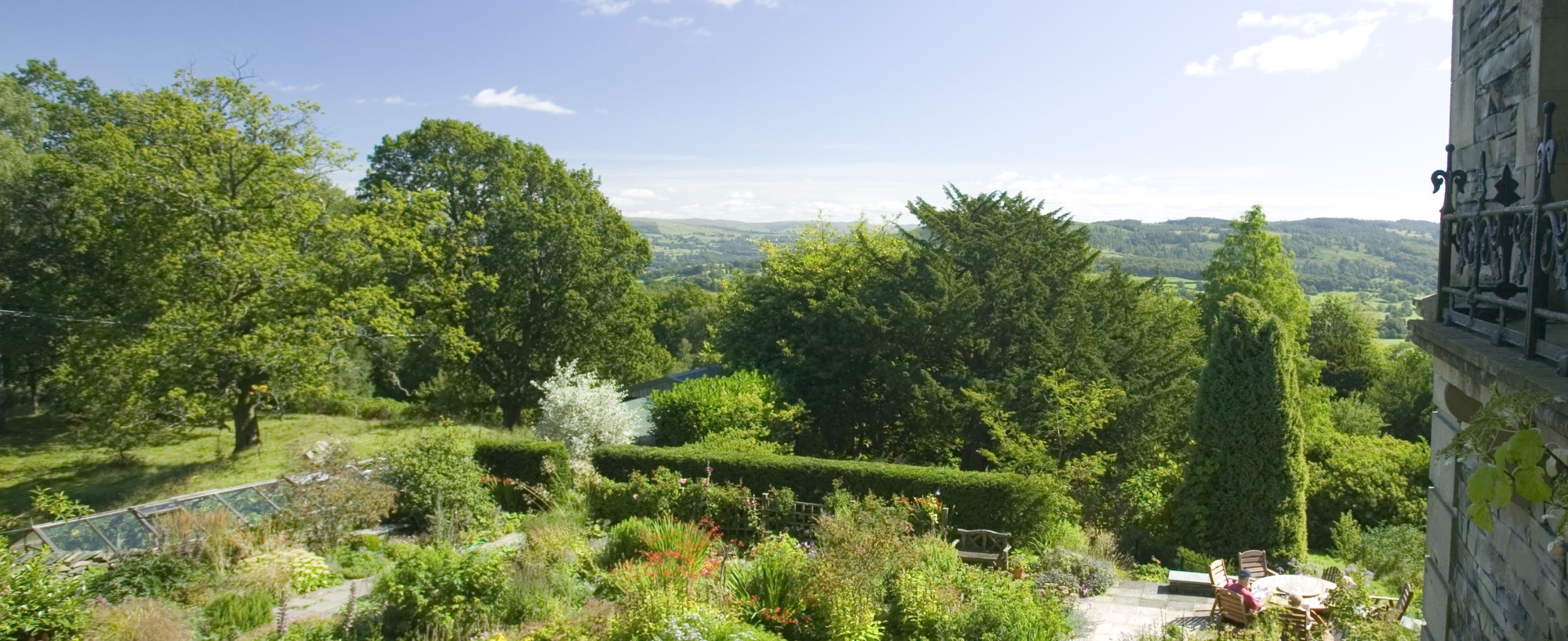‘We know the price of everything and the value of nothing’. That memorable phrase came to mind when I read the report from the Intergovernmental Panel on Biodiversity and Ecosystem Services (IPBES) released recently that predicted one million species are shortly facing extinction if we go on as we are. See link: https://www.coolearth.org/2019/05/ipbes-report-bio… Taking that fact to heart means taking a closer look at the remaining wildlife around us, what their needs are and the values that shape our choices in how we use land.
When we arrived at Yewfield 26 years ago and started thinking about how to design the gardens and manage this neglected and marginal land we were delighted by the variety of species and habitats present. Our interest in wildlife conservation and delight in the natural world guided us to put it at the heart of our approach. In spite of the conservation work we have been doing we are seeing declines in the abundance and variety of species on our land. Our observations are anecdotal and not scientific so we can’t give them too much weight. Some of this, we hope, may be temporary and attributable to a changeable climate. We had a late cold spring followed by a warm dry summer last year and so far this year a dry winter and spring. A garden like ours should contain over 500 different species of moths, flies and bugs but so far this year we have observed far fewer in variety and abundance this year. We have hardly had any midges this year which we don’t mind but swallows, swifts and bats are dependant on them. Is it too early to tell? Perhaps, but so far there are also fewer bats, swifts, swallows, garden warblers and other insect eaters this year. They should all be here now. Nevertheless next week we will keep looking and hoping and continue to put up bird and bat boxes to invite them in. Let’s hope it is a blip and not a trend although after reading the IPBES report I fear it is the latter.
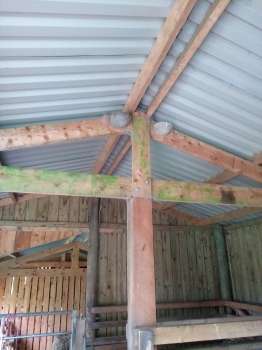
Last night we had our first rain for many weeks and the rain butts collecting rain water from shed roofs and the greenhouse are full again. What a relief! Despite having seven butts darted about the garden it isn’t enough as we depend on them for watering the greenhouse and the many pots and tubs on the patio. More water butts will be shortly purchased as we seem to be getting longer dry periods. A more sensible approach would be to cut down on the number of pots we have but they bring seasonal colour and interest to the garden as nothing else does.
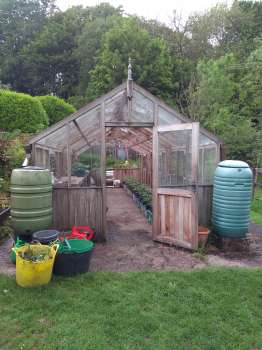
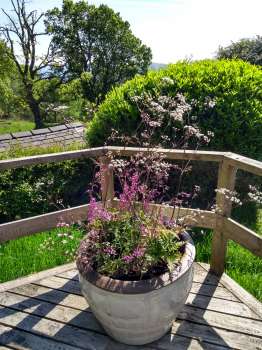
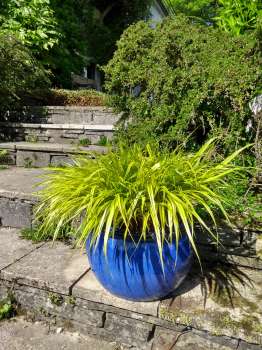
The rain also brought out the first onslaught of slugs, in particular the red form of the large black slug Arion ater. These monsters, sometimes they can be 10cm long, mostly prefer decaying vegetation so are treated by the gardeners with more respect than the netted slug Deroceras reticulatum or the garden slug Arion hortensis. With the larger slugs we usually pick them up and put them out into adjoining pasture but with the smaller slugs we have no patience and use the full organic arsenal to keep them under control including nematodes and ferric phosphate pellets. We have found that some varieties of lettuce do have more resistance to slugs such as the red and chicory types. We also try to plant out larger 5 to 7 leaved transplants, well hardened off, which have a tougher cell structure and withstand slug damage better. We have just planted out all our veg this week including runner beans and courgettes. We trust that after the Chelsea Flower Show we are now safe from frosts.
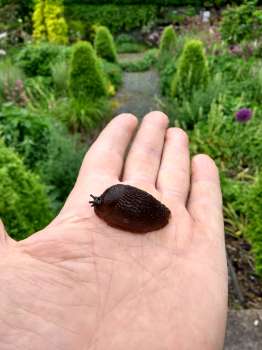
The blossom on our crab apples have been spectacular this year. Walking out into the garden with peonies in full bloom, purple alliums bobbing up, fresh healthy green foliage everywhere and the sound of buzzing bees makes one forget the larger planetary crisis our wildlife is facing. But scratch below the surface and all is not what it seems.
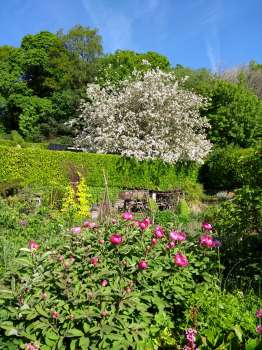
Go back to all blog posts or read the next entry in our blog here →
You can also read the previous blog post here.
